In a world increasingly concerned with environmental sustainability, packing a waste-free lunch represents a simple yet powerful daily action that can significantly reduce your ecological footprint. The average school-aged child using disposable lunch packaging generates approximately 67 pounds of waste per school year—that’s nearly 18,760 pounds of lunch waste for an average-sized elementary school. For working adults, the numbers are equally concerning.
By adopting waste-free lunch practices, not only do you contribute to environmental conservation, but you also often save money and make healthier food choices. Let’s explore how to transform your daily lunch routine into an eco-friendly habit that benefits both you and the planet.
Understanding the Environmental Impact of Disposable Lunch Packaging
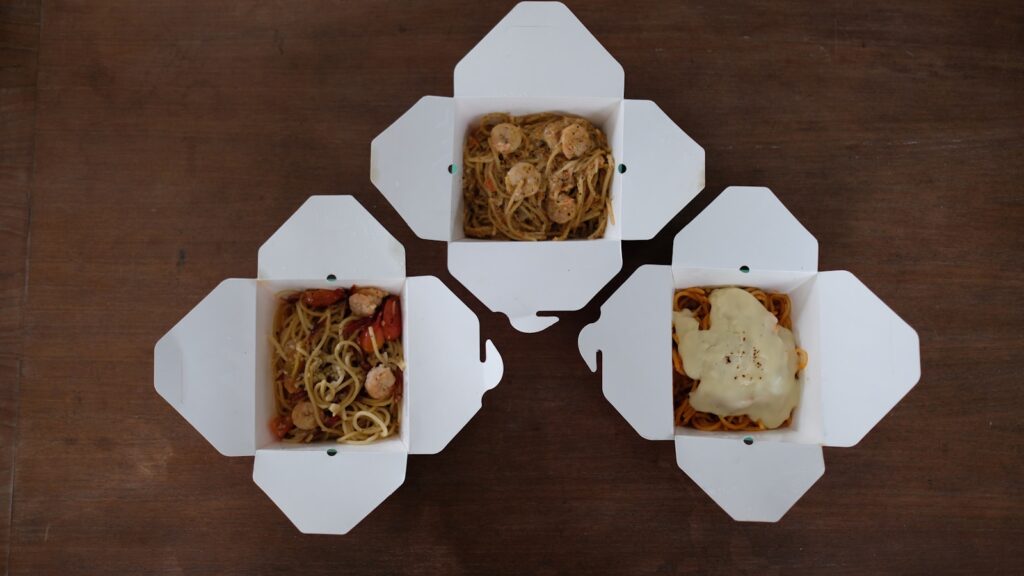
Traditional lunch packing often relies heavily on single-use items like plastic sandwich bags, disposable utensils, paper napkins, and individually wrapped snacks that quickly fill our landfills. These items, while convenient, typically take hundreds of years to decompose and often contain chemicals that can leach into soil and waterways. According to environmental research, an average American office worker may generate approximately 4.5 pounds of waste per week just from lunch packaging.
When multiplied across a workplace or school, this creates a substantial environmental burden that could be easily avoided with thoughtful alternatives. Understanding this impact is the first step toward making more conscious choices about how we pack our daily meals.
Essential Reusable Containers for Waste-Free Lunches
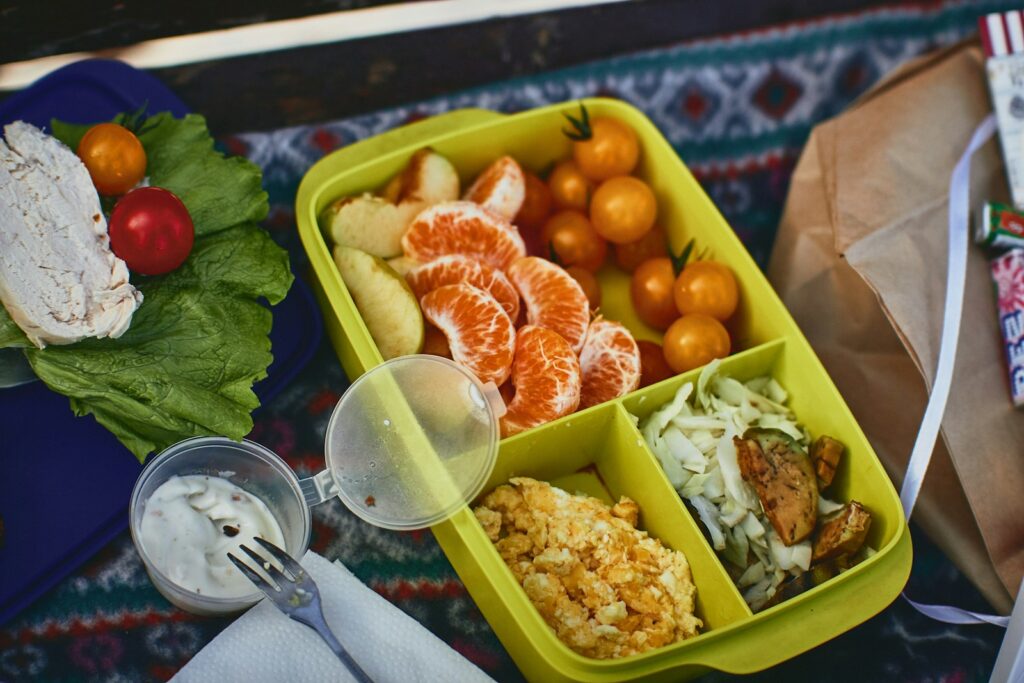
The foundation of any waste-free lunch system starts with quality reusable containers that can withstand daily use. Invest in a selection of durable, leak-proof containers in various sizes to accommodate different food types—from sandwiches and salads to soups and sides. Stainless steel containers offer excellent longevity and don’t absorb food odors or stains, though glass containers with silicone sleeves provide visibility and are microwave-safe for reheating.
Bento-style boxes with multiple compartments are particularly useful for keeping foods separate without needing multiple containers. When selecting containers, consider factors like weight (especially for children), ease of cleaning, and whether they fit comfortably in your preferred lunch bag or box.
Choosing the Right Lunch Bag or Box
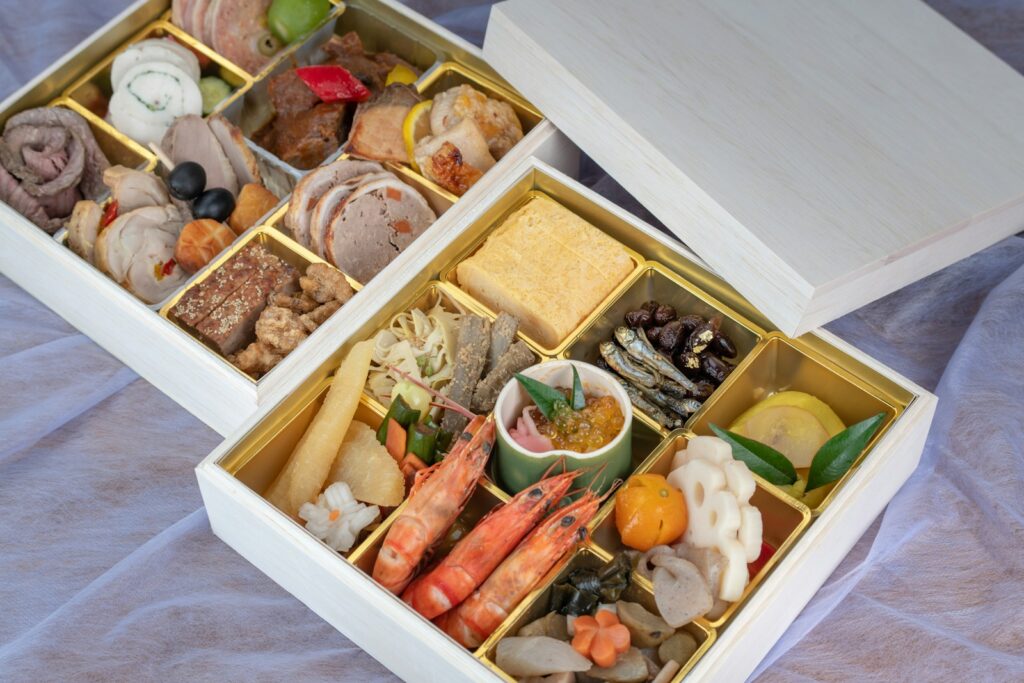
Your lunch bag or box serves as the carrying system for your waste-free lunch components and should be selected with care. Look for durable materials that can be easily cleaned, such as machine-washable fabric bags or wipe-clean insulated options that maintain food temperatures. Consider the size needed to accommodate your containers comfortably without excessive bulk, especially for children who need to fit their lunch into backpacks or small cubbies.
Many eco-friendly lunch bags now feature built-in ice pack pockets, utensil holders, and separate compartments for different temperature foods. When possible, select products made from sustainable materials like organic cotton, recycled plastics, or natural fibers to further reduce your environmental impact.
Reusable Food Wraps and Pouches
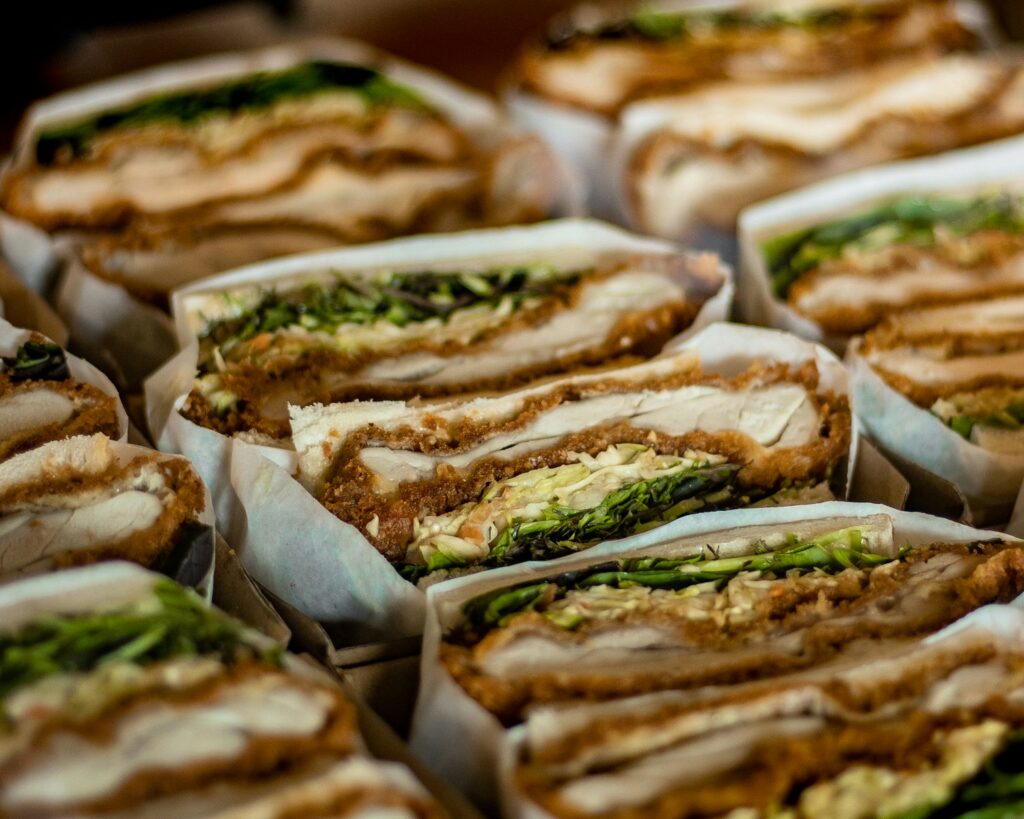
Eliminating disposable plastic wrap and sandwich bags represents a significant step toward waste-free lunches. Beeswax wraps offer an excellent natural alternative that can be molded around sandwiches, fruit, cheese, or used to cover containers, lasting up to a year with proper care before they can be composted. Silicone food pouches provide durable, leakproof storage for snacks, sandwiches, and even liquids, and can typically be cleaned in the dishwasher for easy maintenance.
Fabric sandwich and snack bags made from organic cotton or upcycled materials offer another washable option, often featuring fun patterns that appeal to children. These reusable alternatives may require a higher initial investment than disposable options but quickly pay for themselves both financially and environmentally.
Sustainable Utensils and Napkins
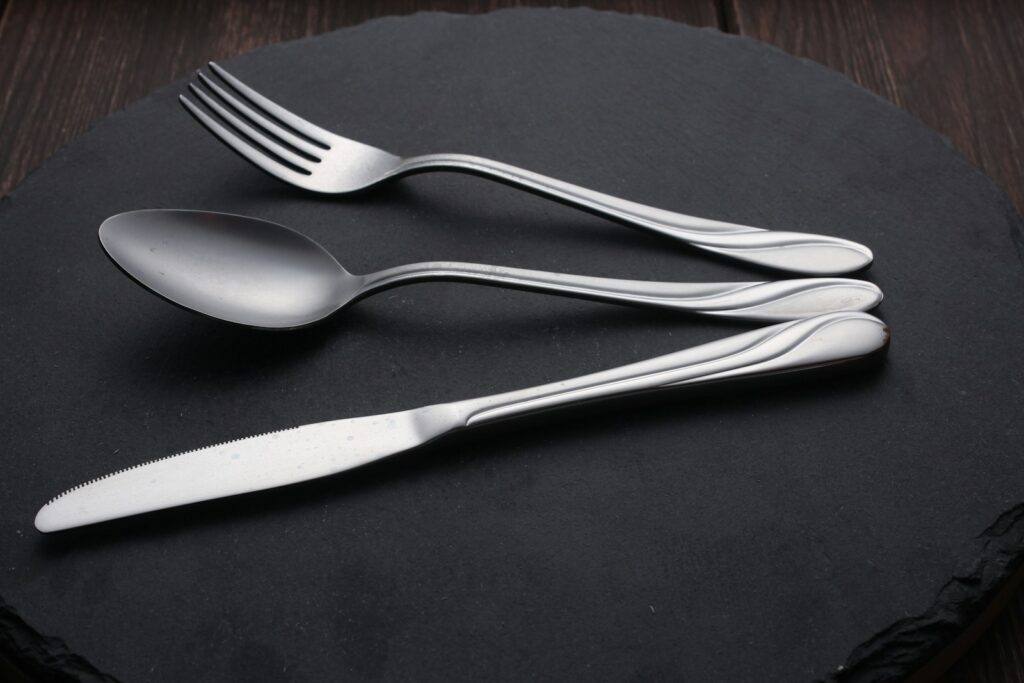
Disposable plastic utensils and paper napkins contribute significantly to daily lunch waste but are easily replaced with sustainable alternatives. Consider investing in a dedicated set of durable utensils—bamboo, stainless steel, or even repurposed silverware from home all work well, with many companies now offering compact travel sets specifically designed for lunches. For napkins, cloth varieties made from organic cotton, linen, or upcycled fabric provide absorbency and durability far beyond their paper counterparts.
Simply toss used cloth napkins into your regular laundry at the end of the week for a zero-waste cleaning solution. Some families find it helpful to assign different colored napkins to each family member to streamline the lunch packing process and avoid mix-ups.
Eliminating Single-Serving Packaging
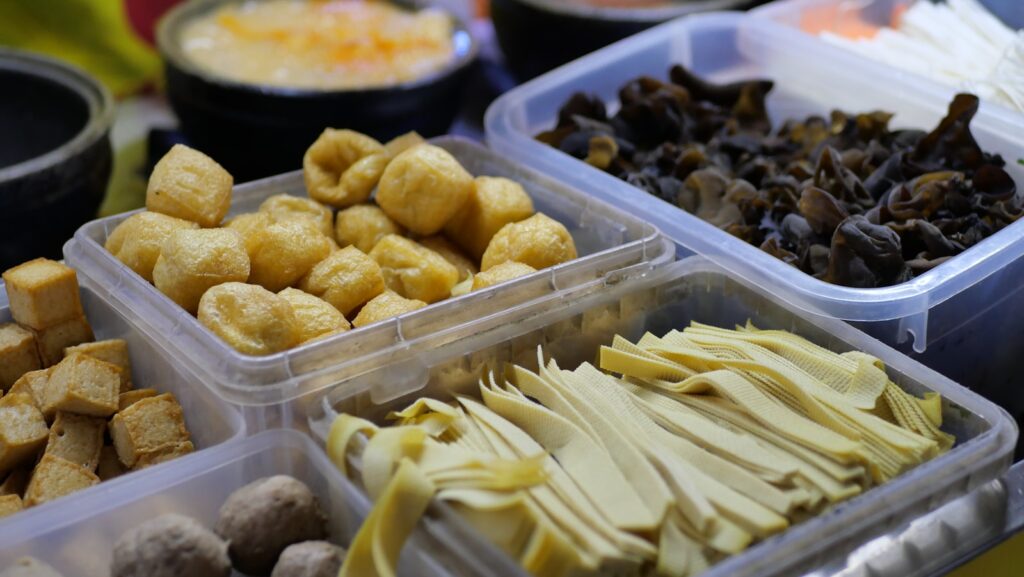
One of the most impactful changes you can make for waste-free lunches is shifting away from individually packaged foods toward bulk purchases divided into reusable containers. Instead of buying single-serving yogurt cups, purchase larger containers and portion out servings into small reusable containers. Rather than pre-packaged cheese sticks, buy block cheese and cut it into appropriate portions. This approach not only reduces packaging waste but typically offers significant cost savings—single-serving packages can cost up to 50% more per unit than their bulk counterparts.
This strategy applies to nearly all lunch staples: crackers, pretzels, dried fruits, nuts, and even previously “convenience-only” items like applesauce, which can now be carried in reusable pouches.
Hydration Without Waste
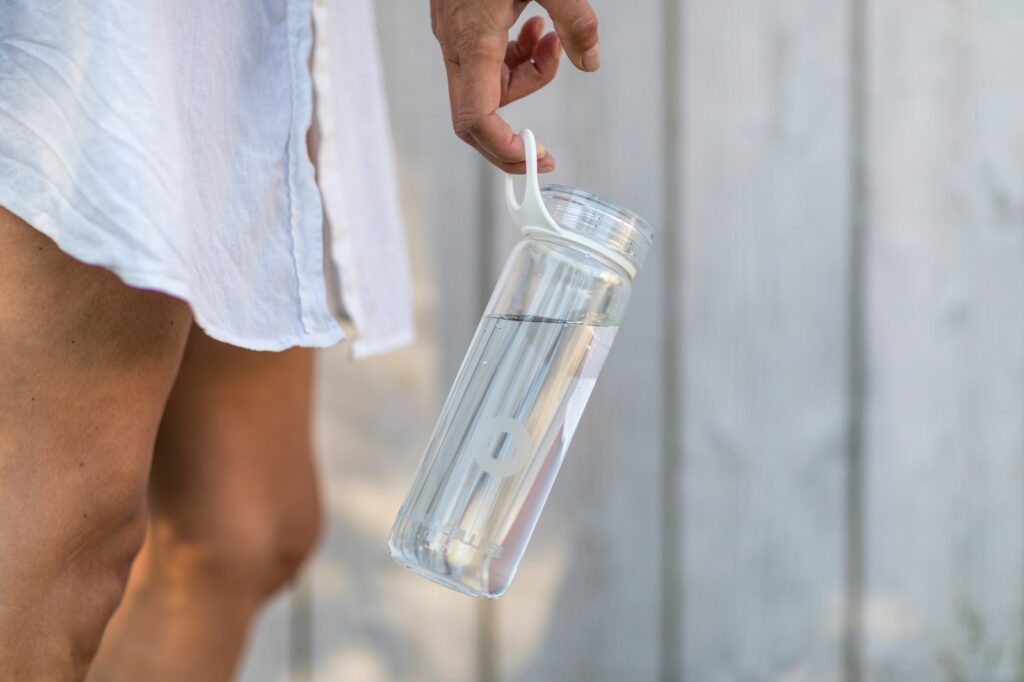
Disposable water bottles and juice boxes are among the most commonly discarded lunch items, with Americans using approximately 50 billion plastic water bottles annually, recycling only about 23% of them. A durable, reusable water bottle is therefore an essential component of any waste-free lunch system. Look for bottles made from stainless steel or BPA-free materials that are appropriately sized for your needs and daily activities.
For younger children, bottles with simple mechanisms are often best to prevent leaks and frustration. If you prefer flavored beverages, consider making your own infused water with fresh fruit and herbs or brewing tea at home to fill your bottle, rather than purchasing single-serving drink containers.
Planning and Preparation Strategies
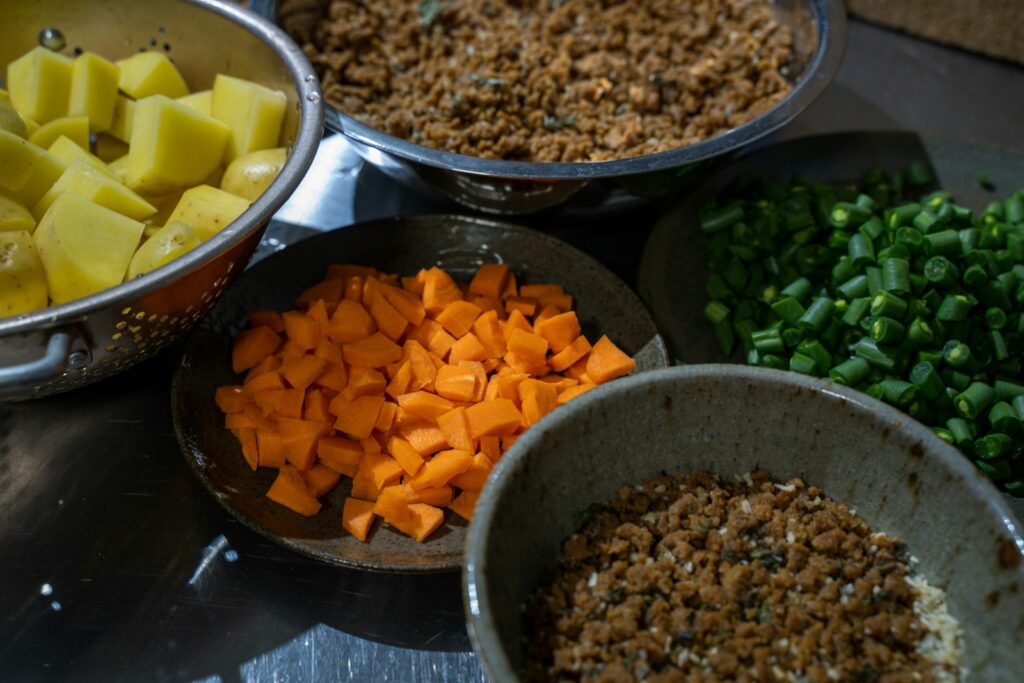
Successful waste-free lunches rely heavily on thoughtful planning and preparation that makes the process sustainable for your lifestyle. Designate a specific cabinet or drawer for storing all your reusable lunch supplies, ensuring everything remains organized and easily accessible when packing lunches. Consider preparing certain components in batches—washing and cutting vegetables, portioning out snacks, or preparing dips and spreads—during weekend meal prep to streamline weekday lunch assembly.
Some families find it helpful to create a simple lunch-packing station where all supplies and non-perishable food items are gathered, making it easier for children to participate in packing their own waste-free lunches. Remember that consistency is key—build these preparations into your routine to make waste-free lunches feel effortless rather than burdensome.
Managing Leftovers and Food Waste
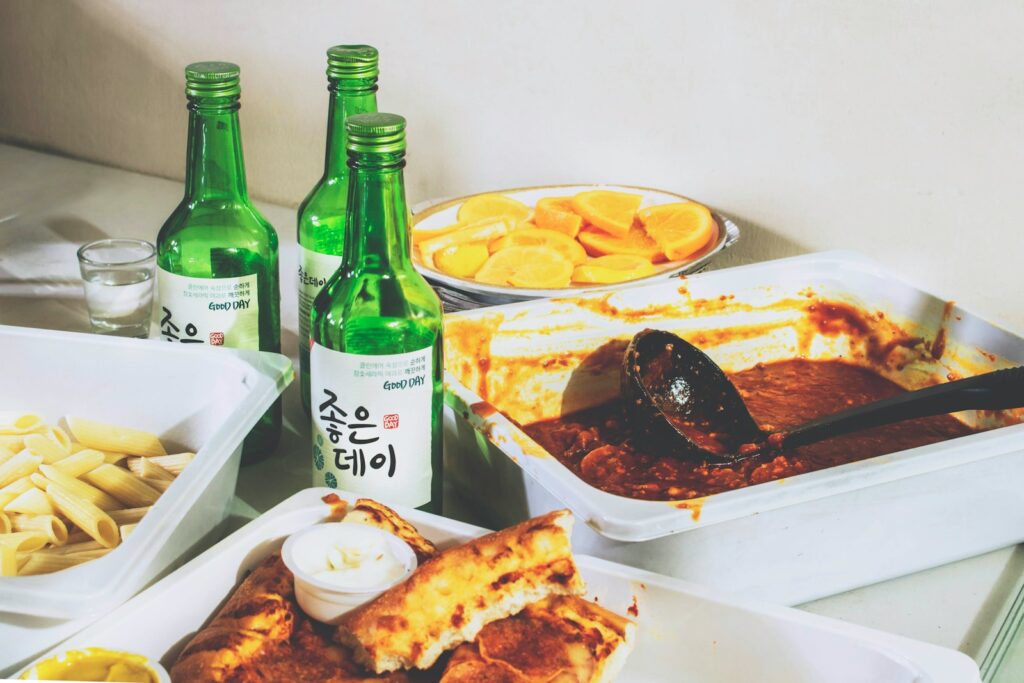
Even the most carefully planned lunches sometimes result in uneaten food, but a waste-free approach includes strategies for managing these leftovers responsibly. Encourage lunch-eaters to bring home uneaten food rather than throwing it away, providing valuable feedback about preferences and appropriate portions while allowing still-good food to be consumed later. Establish a designated spot in your refrigerator for lunch leftovers that need to be eaten promptly, preventing them from being forgotten.
For truly inedible food scraps, consider maintaining a small compost collection container that travels between home and school/work, allowing organic matter to be composted rather than sent to landfills. This complete-cycle approach ensures that even when food isn’t consumed as planned, it doesn’t become waste.
Creating Balanced, Waste-Free Lunches for Children
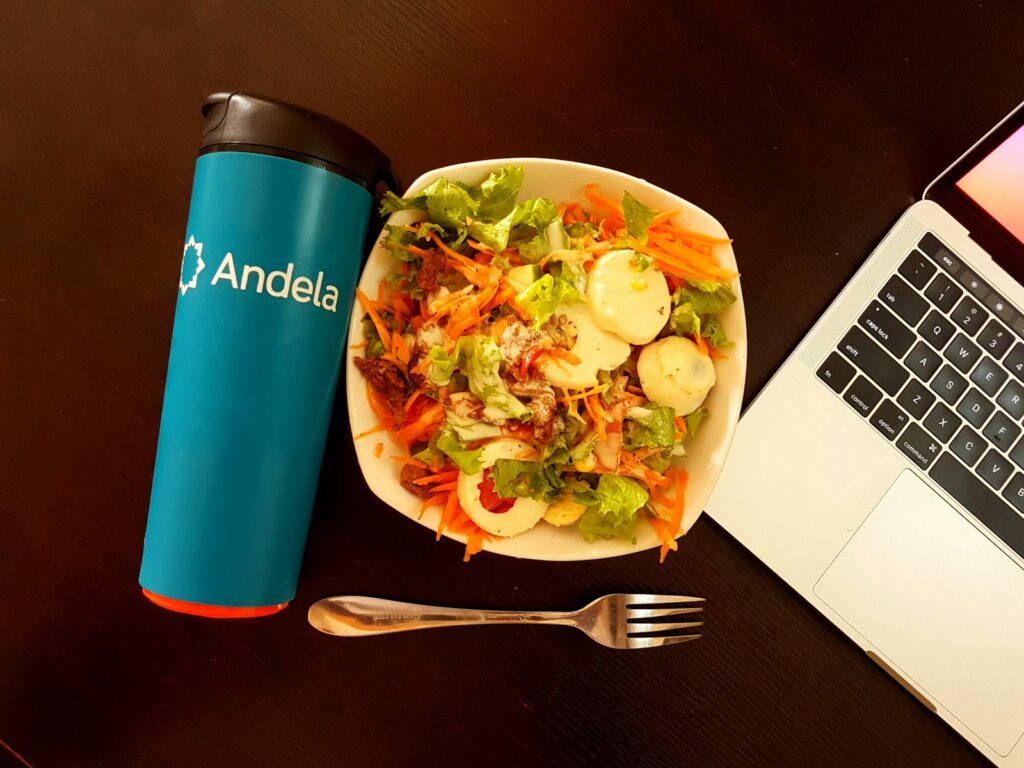
Children present unique considerations when implementing waste-free lunch practices, as their nutritional needs, preferences, and abilities must be carefully balanced with environmental goals. Involve children in the lunch planning process, offering appropriate choices within waste-free parameters to increase the likelihood they’ll actually eat what’s packed. Consider their developmental abilities when selecting containers—younger children benefit from easier-to-open designs, while older children can manage more complex lids and systems.
Colorful fruits and vegetables portioned into appropriately sized containers often appeal to children, as do familiar foods presented in new ways. Creating themed lunches or using food picks, cookie cutters, or silicone cups to make waste-free lunches visually interesting can significantly increase children’s engagement with healthier, package-free options.
Workplace Challenges and Solutions
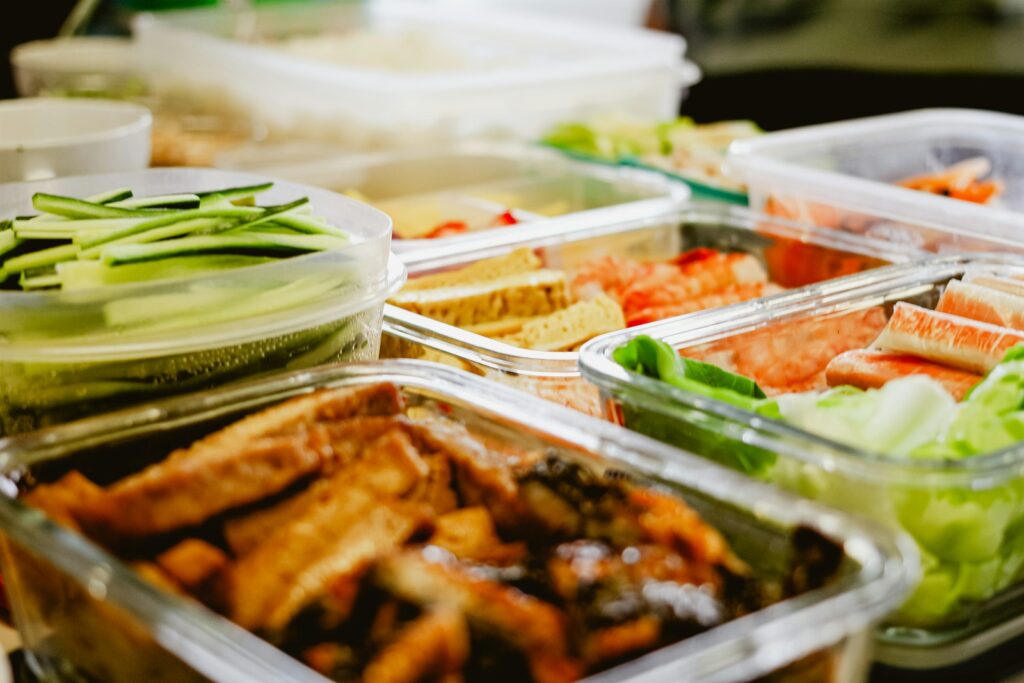
Adults face different obstacles when implementing waste-free lunches in workplace environments, but these challenges have practical solutions. For workplaces lacking dishwashing facilities, consider keeping a small washable bag for transporting used containers home discreetly. If refrigeration is limited, invest in quality insulated containers or lunch bags with integrated cooling elements that maintain food safety without requiring refrigerator space.
For professionals with unpredictable schedules or frequent off-site meetings, develop a compact waste-free lunch kit that travels easily and isn’t cumbersome during a busy day. Some workplaces may even develop informal container-sharing programs or advocacy groups that work toward more sustainable lunch facilities, creating broader cultural change beyond individual practices.
The Financial Benefits of Waste-Free Lunches
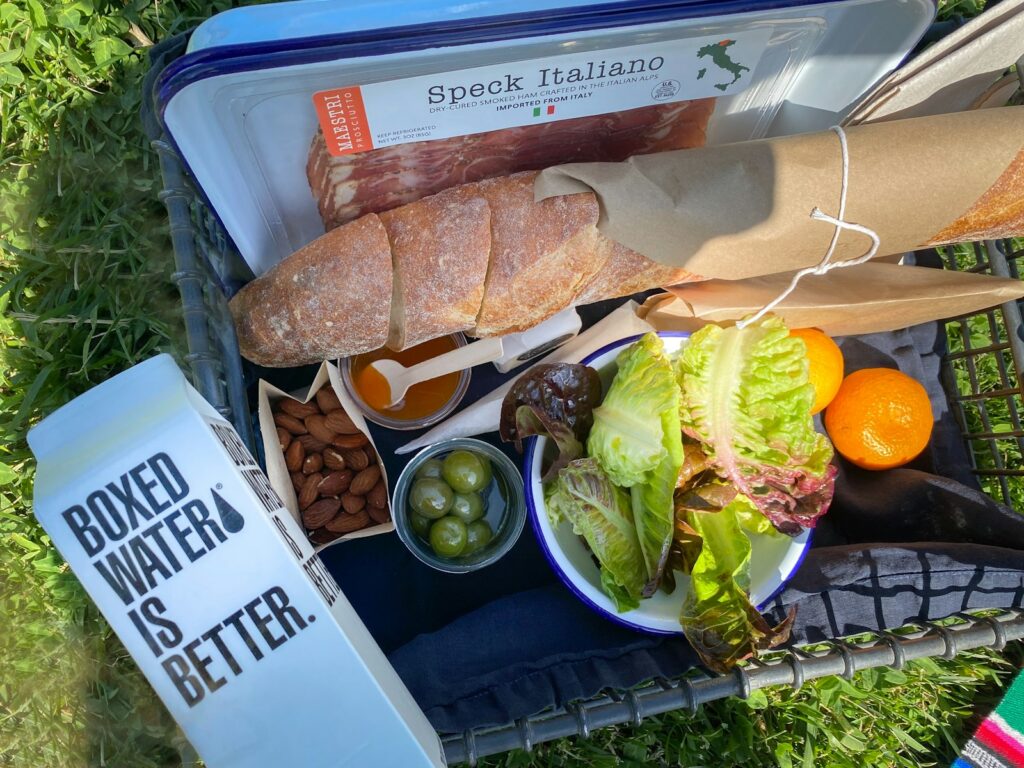
While the environmental advantages of waste-free lunches are clear, the financial benefits provide additional motivation for making this lifestyle change. According to consumer research, individuals who regularly purchase lunch spend approximately $2,000-$3,000 annually, while those bringing waste-free lunches from home typically spend closer to $600-$800 on lunch foods throughout the year. Even when comparing home-packed lunches, waste-free approaches generally save 30-40% compared to lunches packed with disposable products, primarily through reduced spending on single-serving items and disposable packaging.
Though reusable containers and accessories require initial investment, quality products typically last for years, providing substantial long-term savings. Many families report that their waste-free lunch supplies pay for themselves within 2-3 months of consistent use.
Building Sustainable Habits for Long-Term Success
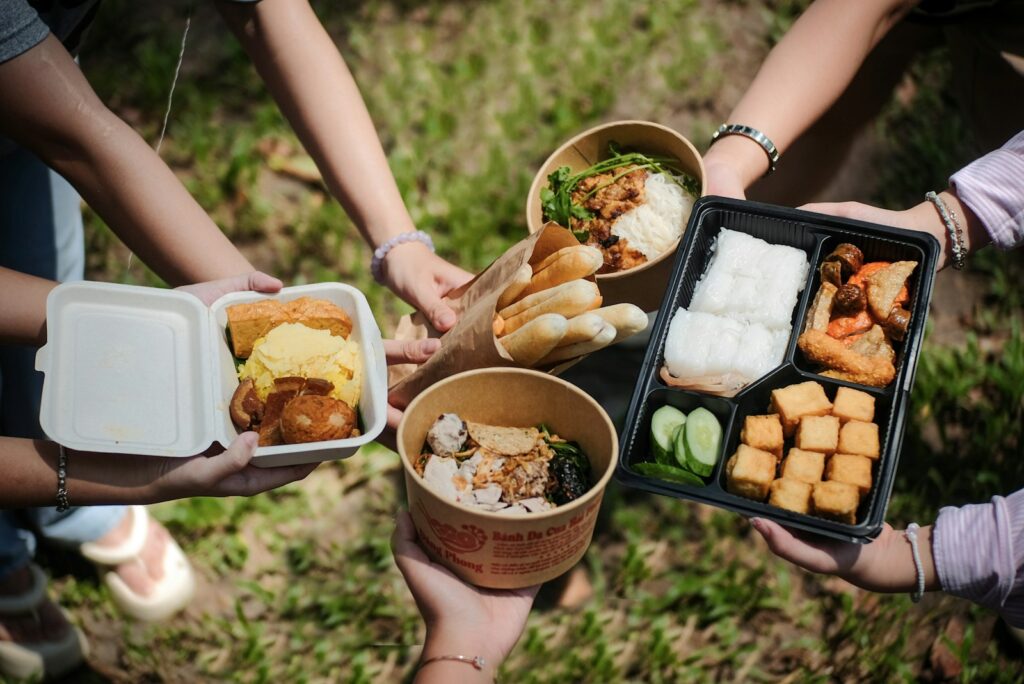
Transitioning to waste-free lunches represents a lifestyle change that requires intentional habit-building for lasting success. Begin by making manageable changes rather than attempting a complete overhaul—perhaps start with reusable containers and water bottles before tackling food wraps and napkins. Track your progress by noting how much less trash you generate or calculating your financial savings to provide tangible reinforcement for your efforts.
Consider joining online communities focused on zero-waste living for inspiration, troubleshooting, and accountability. Remember that perfection isn’t the goal; even reducing your lunch waste by 50% creates significant positive impact. By approaching waste-free lunches as an evolving practice rather than an all-or-nothing proposition, you’ll develop sustainable habits that can last a lifetime and potentially influence others around you.
Conclusion: A Path to Healthier Eating Habits
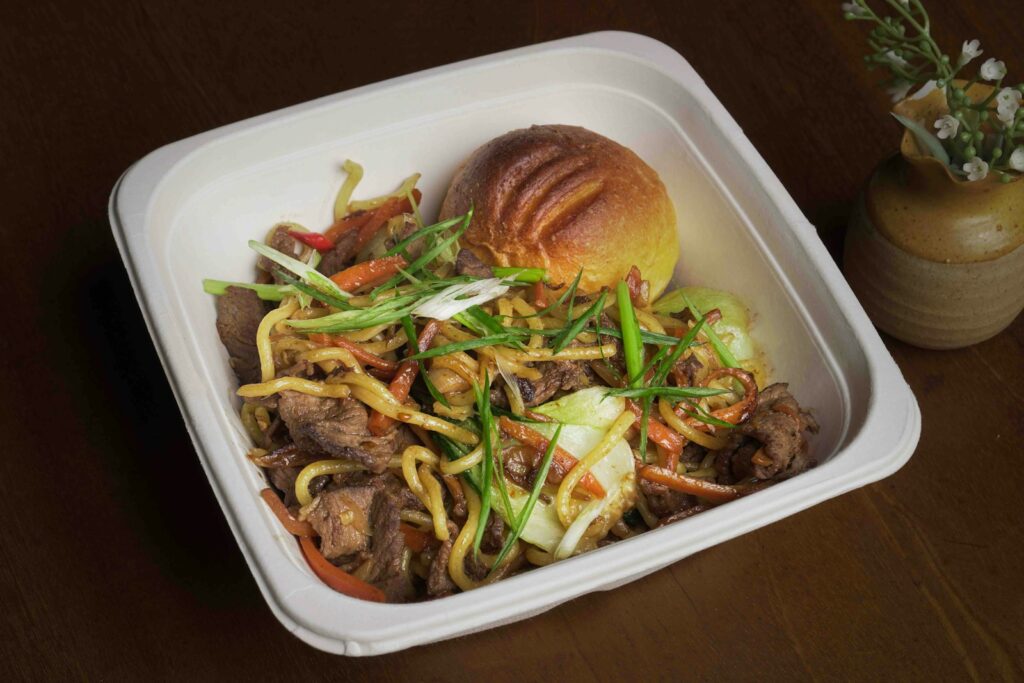
Packing a waste-free lunch represents one of those rare win-win scenarios where personal benefits align perfectly with environmental responsibility. By investing in quality reusable containers, eliminating single-use packaging, and thoughtfully planning your meals, you can significantly reduce your environmental footprint while often improving the nutritional quality of your lunches and saving money. Whether you’re packing for yourself or for children, the transition to waste-free lunches creates an opportunity to model sustainable living practices through a daily activity that touches everyone.
While the initial adjustment may require some planning and investment, the long-term benefits—financial savings, reduced environmental impact, and often healthier eating habits—make waste-free lunches a meaningful step toward a more sustainable lifestyle that can inspire others to make similar changes.

